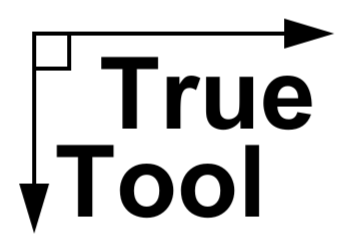
Types of Drive Belts
Share
There are various types of drive belts that can be used to transmit power.
- The most common type of drive belt is a standard wrapped v-belt. The belt has a v-shaped cross section, with smooth top, sides, and bottom. The entire outer surface is covered in fabric. These belts are the most economical and are very versatile. They are available in a larger range of sizes than any other belt. Sizes can range from 10" in circumference to 600"+. Properly design drives can transmit from a fraction of a horsepower to several thousand horsepower. Typically these will use an engineered polyester cord, but larger belts will use aramid (Kevlar) as the structure to support the tension. The body of the belt can be made from natural rubber, neoprene, chloroprene, SBR, or a combination of materials. The outer wrap is usually made from a cotton polyester blend, with higher quality belts using multiple layers and a wide-angle weave. Wrapped belts are very forgiving and are widely available for repairs and new installations.
- Next is the cogged v-belt. Cogged v-belts are a step up in performance from wrapped v-belts, but also a step up in cost. Especially when used on small pulleys, they can greatly out perform wrapped v-belts on durability and efficiency. The size range available is more limited typically, 15"-200" in circumference. A cogged v-belt has a v-shaped cross section, but has cogs or "teeth" molded into the bottom, or inside, surface. This feature helps increase flexibility, grip on the pulley, and heat dissipation. Cogs also reduce internal friction losses as the belt belts. These belts always use engineered polyester cord, except for custom OE applications. The material of the rubber is EPDM for almost all quality cogged v-belts. Some cogged v-belts will have fabric on the top surface and/or on the cogged surface, but the best will have no fabric at all.
- Timing belts are another common belt type. Timing belts are designed with precision teeth that must mesh perfectly with the pulley. While v-belts use friction to transmit power, timing belts will mesh with the pulley like a chain would. This allows zero slipping and very precise positioning. Most timing belts will use an engineered fiberglass cord with a synthetic rubber body and heavy duty fabric tooth facing. High performance versions will use carbon fiber cord and a polyurethane body. Do not be fooled by Kevlar timing belt cord. Aramid (kevlar) is actually "stretchier" than glass cord and is more likely to allow the belt to not mesh properly with the pulley. Timing belts must always be matched to the pulley. There are subtle differences in the types of pulleys and this can cause the teeth to rub, causing rapid failure. Timing belts are more efficient than cogged belts and can transmit more power, but they are expensive.
- V-ribbed belts are the kind one would see on a car, can be known as serpentine belts. These belts are made in one piece but have several (3-20) small ribs molded into them. J section belts have ribs 0.092" wide and K section belts have ribs 0.134" wide. They can be found with standard polyester cord and with elastic cord for applications where the pulleys cannot move. The rubber compound can be a wide variety unless specified. Common applications are: alternators, fans, exercise equipment, roller conveyors, etc.
- Flat belts are the least common and can have a wide variety of uses and specifications. Typically these are no longer used for power transmission between pulleys. Often times these are used as conveyors for light items. The structure can be a wide variety of rubbers or plastics, with or without cord, with our without fabric, and can be produced in many colors and sizes.
